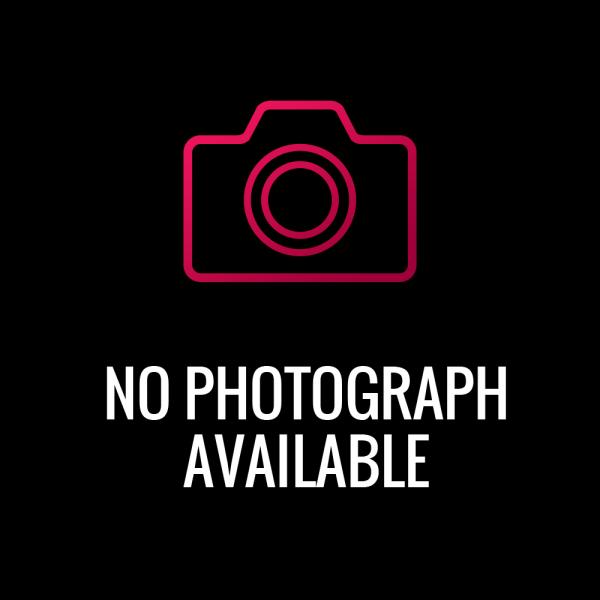LITHOGRAPHIC STONE The Sixpenny Printing Stone
CH1970.771
Used for printing of six penny postage stamp. (Western Australian). Arts & Crafts Register, page 183. Battye "Red" Register, page 695. No. 24D (anti 1945). Art Gallery Register, page 340. Brian Pope: "It was acquired in 1900. A block of 10 (5x2) of the sixpenny value shows in the upper margin. Sir Edward Bacon observed in 1924 that the master design had been transferred 12 times to make up an intermediate stone with a 4 x 3 array. This group of 12 was then transferred to the printing stone 20 times to produce the full printing set of 240 (20x12). It was used to produce 200 sheets in July 1857 and 123 sheets in 1859. Sir Edwards recorded how the stone was cleaned and put to press for the Duke of York when he passed through Perth on his way to open the first Commonwealth Parliament in Melbourne in 1901. Unfortunately it cracked during the first run but two more sheets were printed. The first two sheets were presented to the Duke and the third to Postmaster General Sholl." (1991:13)
Department:
History DepartmentCollection
| Accession Number: | CH1970.771 |
|---|---|
| Accession Date: | 4 Sep 1970 |
Material
| Stone/Stone | Stone |
|---|
| Stone |
|---|
Measurement
| length | 540mm |
|---|
| width | 359mm |
|---|
| height | 57mm |
|---|
The WA Museum is in the process of digitising its collections. This record may not have been reviewed by curatorial staff and may be inaccurate or incomplete. Research departments are continually working on these collections by adding new objects and reviewing existing content when new information is made available.
Enquiries can be emailed to reception@museum.wa.gov.au
Cite this page
Western Australian Museum Collections https://museum.wa.gov.au/online-collections/content/CH1970.771
Accessed 25 Dec 2025
Rights
We support the open release of data and information about our collections.
Text content on this page is licensed under a Creative Commons Attribution 4.0 International License.
Image content on this page is copyright WA Museum.


